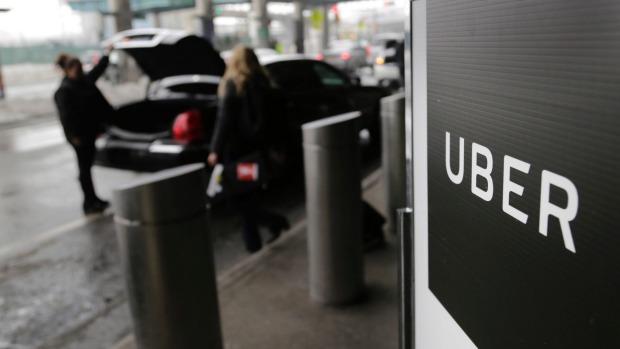It used to be that the world had to adapt to Uber. Now Uber is having to adapt to the world it helped create.
In the four years since the rideshare company started operating in Australia and created a whole new market, its success is also becoming its risk.
States have broken up and deregulated the taxi industry and, from the NSW to the Northern Territory, have legalised and sought to regulate ridesharing.
The red tape differs state by state – Queensland drivers complain they must pay $1000 in fees before they can become a rideshare driver – but experts agree that overall the regulation has been minimalist.
“It has legitimised its own method of entering and creating markets but it has now paved the way for other organisations, who didn’t have to go through all the regulatory hassle, to come in and share the market.”
Uber’s early lead and “winner takes most” mentality mean it is still the dominant player but it is now facing some very powerful competitors.
In Australia, competitors with pockets as deep, if not deeper, than Uber’s have started muscling in on its territory and future plans.
All are hugely influential, with Didi, Ola and Uber even sharing the same institutional investor. But its rivals appear to have a quicker route to profit than Uber.
While Uber secured a small $4 million profit in Australia last year, it was on the back of $6 billion in losses internationally. Didi, on the other hand, while also operating on massive losses, is predicting it will turn a profit internationally this year.
The profits from this could be huge. A UBS report last month predicted online takeaway portals like UberEats could be a $365 billion industry by 2030, predicting time-starved and asset-light consumers would replace most home-cooked meals with online orders.
But he told AFR Weekend he was forced to close down all seven six months later, blaming UberEats and other platforms’ “quite aggressive” commission levels.
As for transport, Uber’s long-term focus is on a completely integrated model, not just rideshare but also bicycle, buses and boats.
The problem is Didi has similar ambitions. It even wants to develop autonomous transport solutions.
“Didi is really going to give Uber a run for their money,” Kaine says. “It’s going to be a bit of a battle of technology. Another race to dominate that market first.”
Uber success over ’employee status’
Lurking beneath all this, but not yet forgotten, is the question of whether Uber drivers are in fact independent contractors or employees, which could see Uber on the hook for millions of dollars in minimum wages and conditions.
In Australia, Uber has had more legal success
While local drivers have so far not had the benefit of legal representation, the Fair Work Commission has twice found in favour of Uber and there is still no major test case on the horizon.
The perception that riders do not have a fair deal due to their lack of negotiating power will persist, Kaine says, and would likely usher in changes to the law.
“The trend all around the world in a variety of jurisdictions is opting for some way to assist better conditions for drivers, particularly around the US. In New York they’re talking about a minimum wage, and others states are talking about portable entitlement schemes.”
The plight of drivers will only likely get worse as more competition sees more drivers for fewer rides.
In the end, for all the competition, Uber still has the dominant brand recognition. Yet as rideshare driver Les Johnson says, that may not count for as much as one thinks.
“Many years ago, Hoover created the vacuum cleaner and even today people say they’re going to ‘hoover’ the house,” he says.
“But if you walk into any retail outlet you’ll be lucky to see a Hoover vacuum cleaner, you’ll instead see a myriad of other brands. I’ve often wondered if that’s what will happen to Uber in Australia.”
